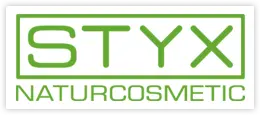Procedures
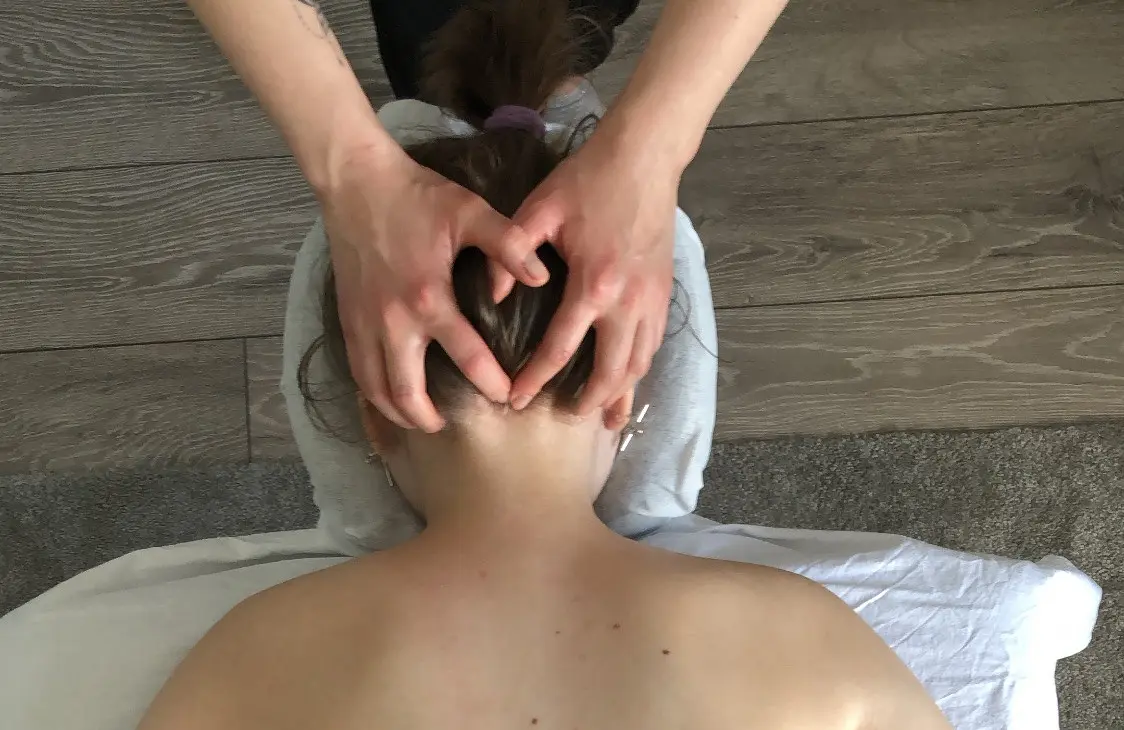
Dry Massage
A dry massage, also known as a clothing-on massage, is a therapeutic technique performed without the use of oils or lotions. The practitioner typically uses their hands, thumbs, forearms, or elbows to apply pressure, knead, and stretch the muscles and tissues. The client remains fully clothed, usually in comfortable, loose-fitting attire. The procedure may involve techniques such as gentle to firm pressure, friction, tapping, compression, or stretching, depending on the specific style or technique used.
The dry massage is often performed in a seated or lying position and focuses on targeting muscle tension, stress relief, and improving circulation. Because there is no oil involved, the therapist can more effectively manipulate muscle groups in areas like the back, shoulders, and legs. This massage is ideal for those who prefer a more active or deeper touch, as it can also help with flexibility and joint mobility.
Benefits include reducing muscle tension, promoting relaxation, relieving stress, and stimulating energy flow. This method is suitable for those who prefer a non-oily treatment or want to receive a massage in a more casual or professional setting where oils may not be appropriate.
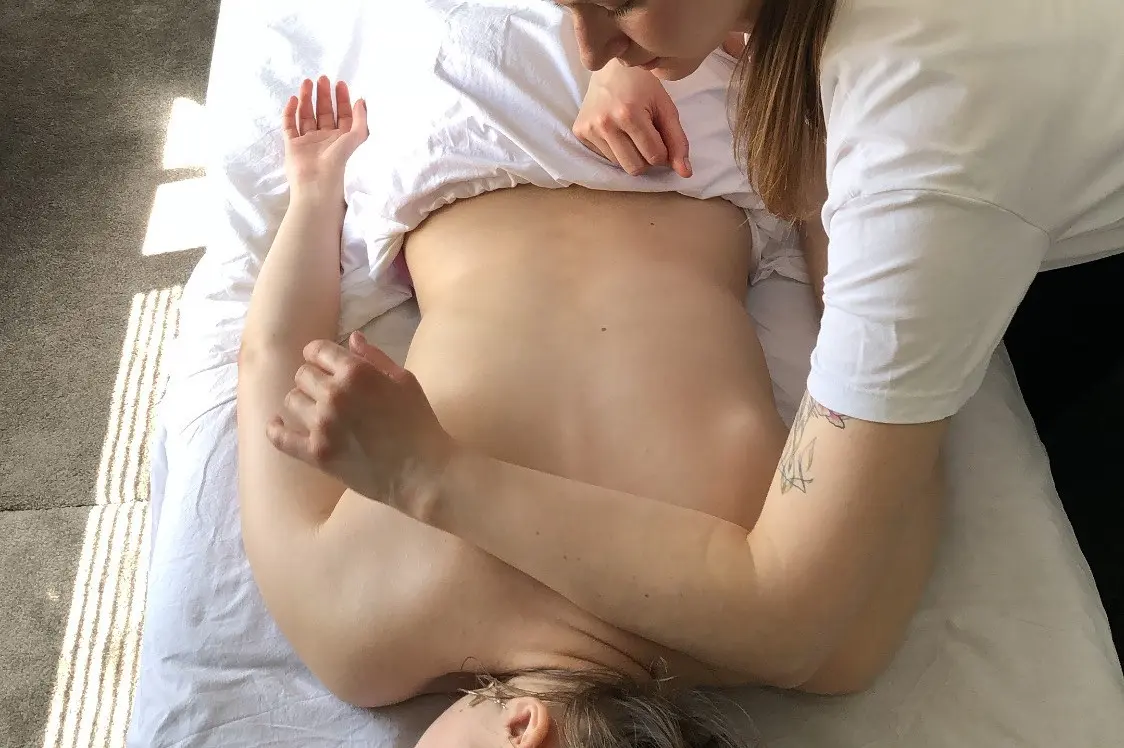
Hawaiian Massage
A Hawaiian massage, often referred to as Lomi Lomi, is a traditional form of bodywork originating from Hawaii. The name "Lomi Lomi" translates to "rub" or "massage," but it carries deeper cultural significance, embodying the idea of healing through touch and intention. This type of massage emphasizes not only the physical body but also the mind and spirit, fostering a sense of holistic well-being.
The massage is typically performed with long, flowing strokes, often using the forearms and hands to create a rhythmic, wave-like motion that mimics the ebb and flow of the ocean. The movements are deep yet soothing, aiming to release tension, promote relaxation, and encourage energy flow throughout the body. The therapist moves with fluidity and grace, using their whole body to deliver gentle yet powerful strokes.
One of the key features of a Hawaiian massage is its focus on the connection between the therapist and the client, with the belief that the practitioner serves as a channel for healing energy. The process is not only physical but is also seen as a spiritual and emotional experience, encouraging the release of emotional blockages and stress.
Benefits of the Hawaiian massage include deep relaxation, improved circulation, relief from muscle tension, and a sense of rejuvenation. It is especially valued for its ability to restore balance and harmony in both body and mind. The gentle yet profound nature of Lomi Lomi makes it ideal for individuals seeking not just a physical massage but a therapeutic experience that addresses emotional and mental well-being as well. mas
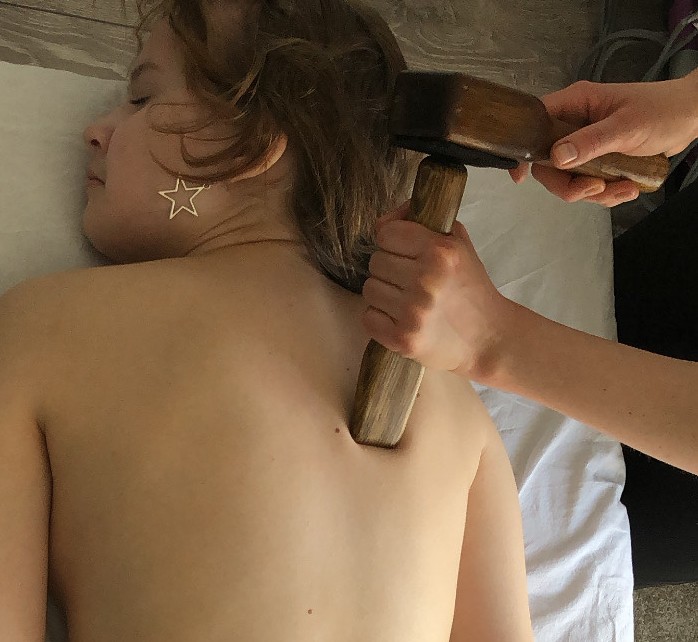
Thai Massages
- Sabai massage is a traditional Thai massage technique that focuses on relaxation, stress relief, and promoting overall well-being. The word "Sabai" translates to a sense of ease, comfort, and relaxation in Thai, reflecting the ultimate goal of this treatment. It combines elements of Thai massage, acupressure, and stretching, but with a gentler, more soothing approach compared to the more intense forms of Thai bodywork.
The therapist uses a variety of techniques, including gentle pressure, thumb and palm pressing, kneading, and stretching. These techniques help release muscle tension, improve flexibility, and enhance circulation.
- Tok Sen massage is a traditional Thai healing technique that uses a wooden mallet and a wooden rod to tap along specific lines and pressure points on the body. The word "Tok Sen" literally translates to "tap sound" in Thai, referring to the rhythmic tapping sound produced when the mallet strikes the rod.
It's a unique and effective form of massage that combines sound therapy with physical manipulation.

Gua Sha
Gua Sha is a traditional Chinese healing technique that involves scraping the skin with a smooth-edged tool to improve circulation, release tension, and promote healing. It is commonly used in traditional Chinese medicine to treat muscle pain, inflammation, and stagnation of energy (or "qi").
How It Works:
- A lubricating oil or balm is applied to the skin.
- A tool (made of jade, rose quartz, or other materials) is gently scraped across the skin in long, firm strokes.
- The scraping motion increases blood flow, helps lymphatic drainage, and can relieve muscle tightness.
- Temporary redness or bruising may appear due to increased circulation.
Benefits of Gua Sha:
- Reduces muscle tension & pain: Helps with stiffness, soreness, and headaches.
- Improves circulation: Boosts blood flow, which may promote healing.
- Promotes lymphatic drainage: Helps remove toxins and reduces puffiness.
- Enhances skin health: Used in facial treatments to promote a lifted and sculpted appearance.
- Supports relaxation: Can relieve stress and tension.
Gua Sha can be done on the body (for deep muscle relief) or the face (for skincare and sculpting).
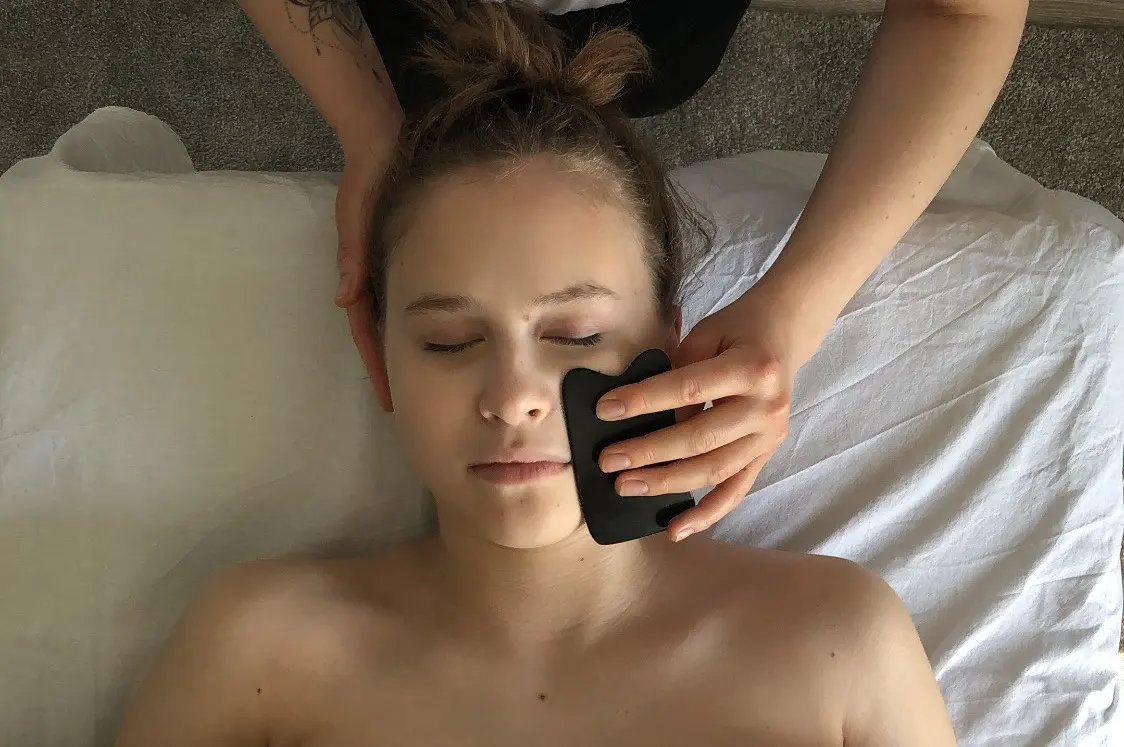
Face Massage
Face massage is a skincare and relaxation technique that involves gentle manipulation of facial muscles using hands or tools. It improves circulation, relieves tension, and enhances skin health. Many people use it to promote a youthful glow, reduce puffiness, and relax facial muscles.
Benefits of Face Massage:
- Boosts Circulation: Increases blood flow, giving skin a natural glow.
- Reduces Puffiness: Helps with lymphatic drainage to reduce swelling.
- Releases Tension: Eases tightness in the jaw, forehead, and around the eyes.
- Enhances Product Absorption: Helps skincare products penetrate deeper.
- Promotes Relaxation: Relieves stress and tension held in facial muscles.
Tools for Face Massage
Face massage can employ various tools, such as:
- Hands: Simple and effective.
- Gua Sha: Helps sculpt and lift the face.
- Jade Roller: Soothes skin and reduces puffiness.
- Facial Cupping: Stimulates blood flow and collagen production.
Doing a face massage regularly can improve skin tone and relaxation over time!

Instrumental Massage
Instrumental massage is a type of massage therapy that uses specialized tools instead of (or in combination with) hands to enhance the massage experience. These tools help apply precise pressure, improve circulation, and target deeper muscle layers with more efficiency than manual techniques.
Types of Instrumental Massage & Their Tools
- Cupping Therapy: Uses silicone or glass cups to create suction, promoting circulation and relieving deep muscle tension.
- Roller Massage: Uses jade rollers or metal rollers to stimulate blood flow and reduce puffiness, especially on the face.
- Percussion Massage (Massage Guns): High-frequency vibrations help with muscle recovery, often used by athletes.
- Kinesiology tape: Uses elastic therapeutic tape in order to ease the pain from athletic injuries to improve recovery.
- Gua Sha and Tok Sen: Are Instrumental massage techniques. See dedicated section for more information.
Who Can Benefit from Instrumental Massage?
- Athletes & Active Individuals – For muscle recovery and performance enhancement.
- People with Chronic Pain – Helps with conditions like fibromyalgia, arthritis, or back pain.
- Those Seeking Beauty & Anti-Aging Benefits – Facial massages can enhance skin firmness and reduce wrinkles.
- Individuals with Swelling or Poor Circulation – Lymphatic drainage techniques help reduce puffiness and detoxify the body.
Ask our massage therapist for the most suitable massage for your condition.
